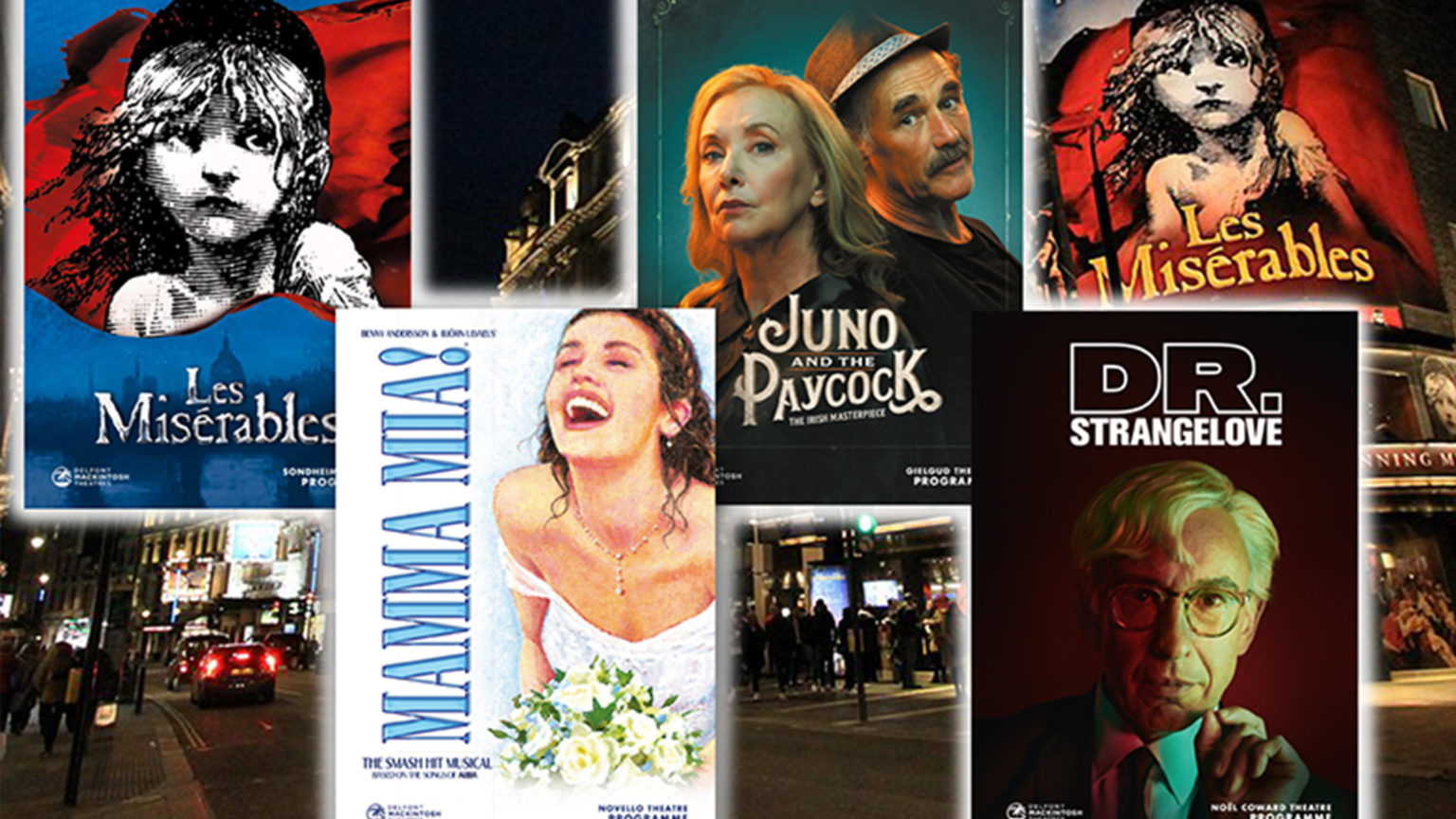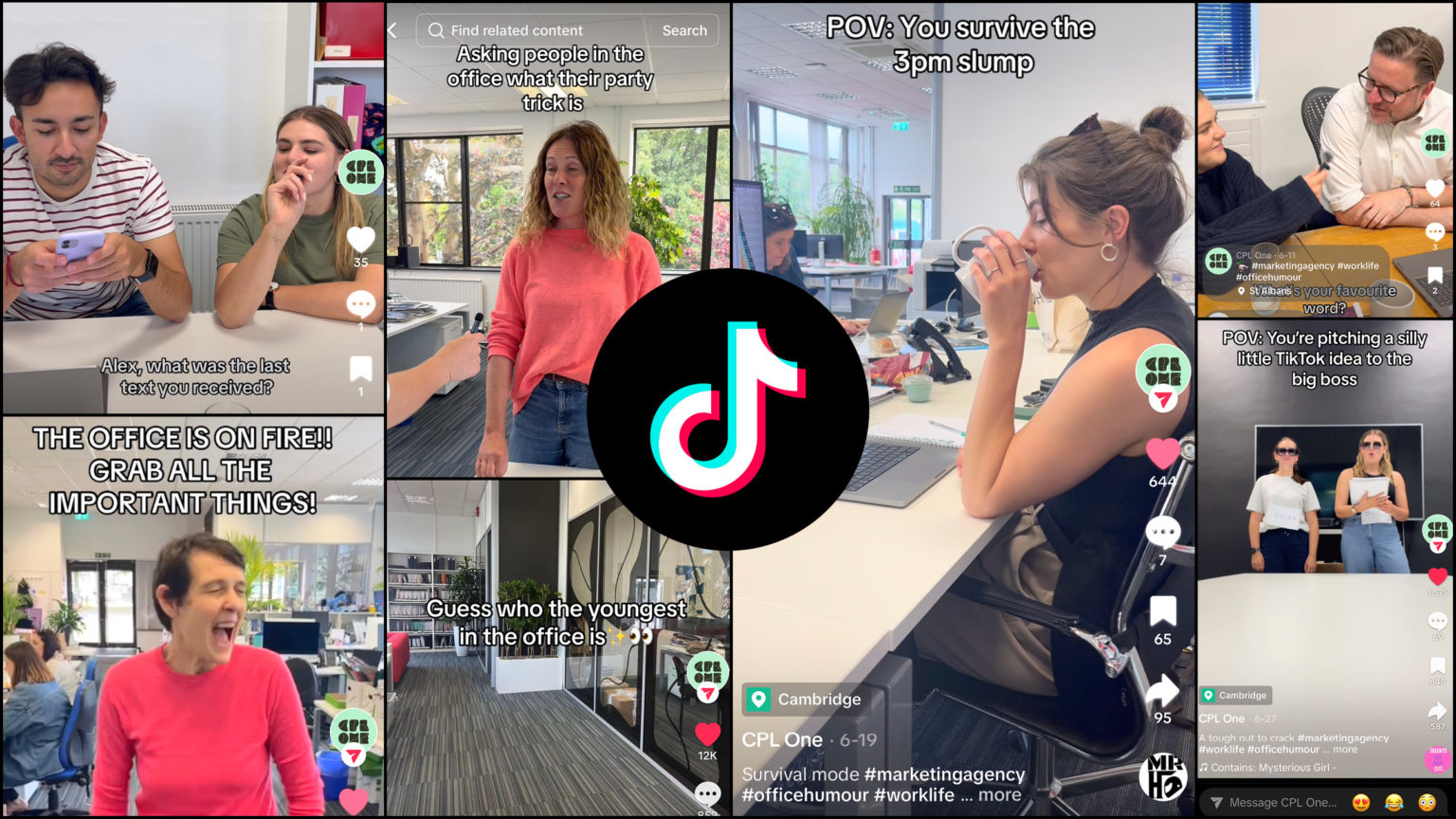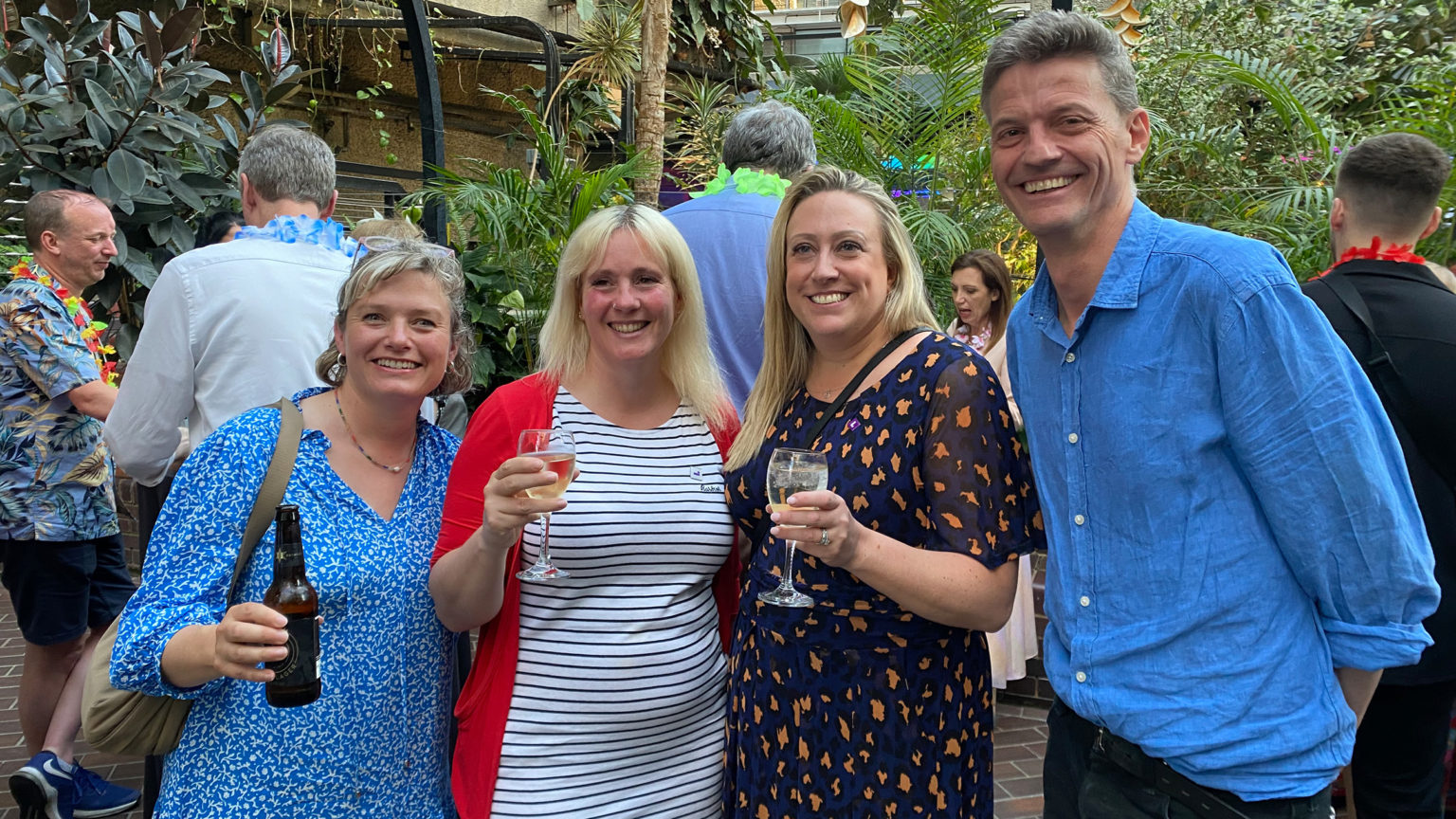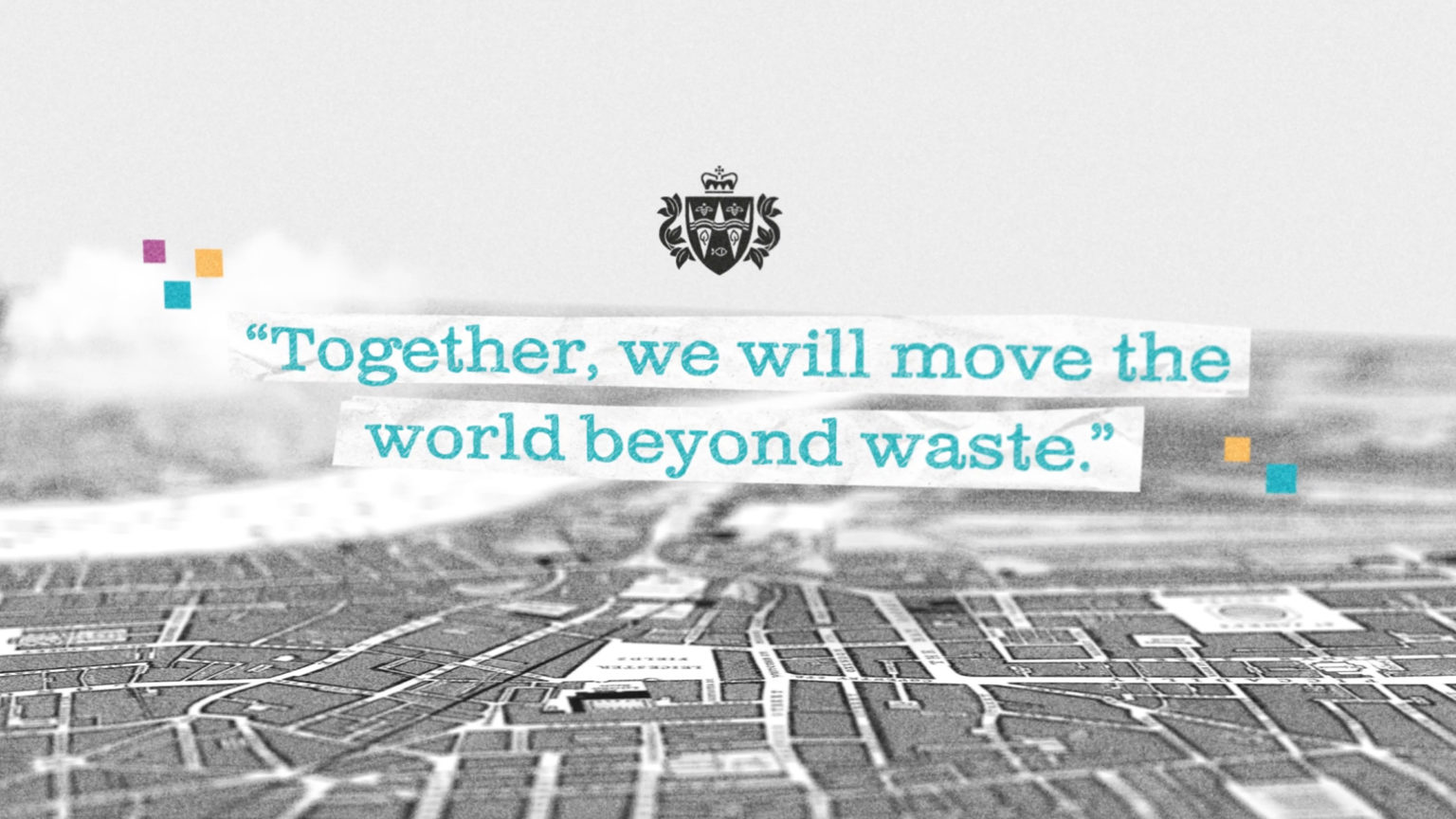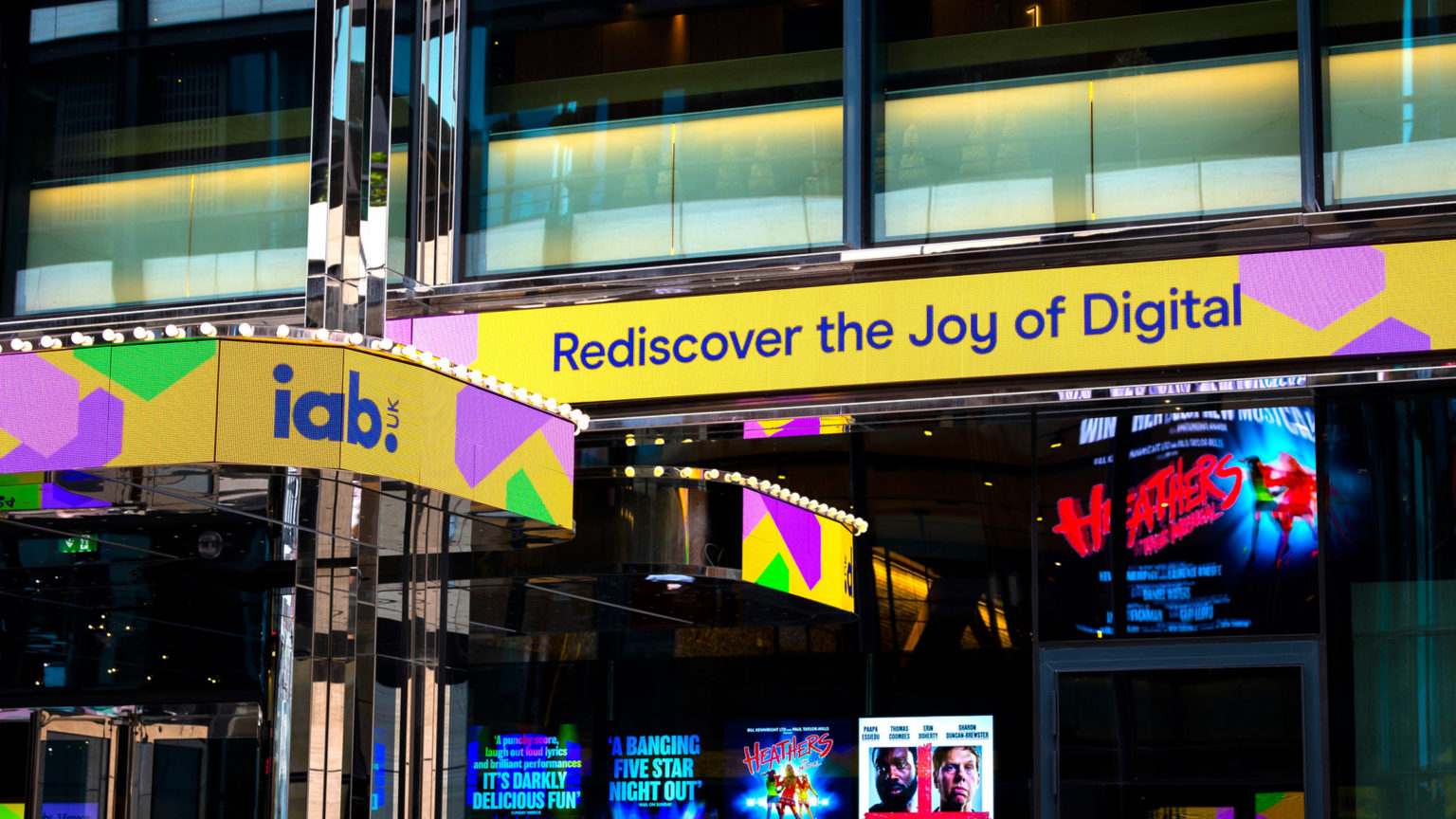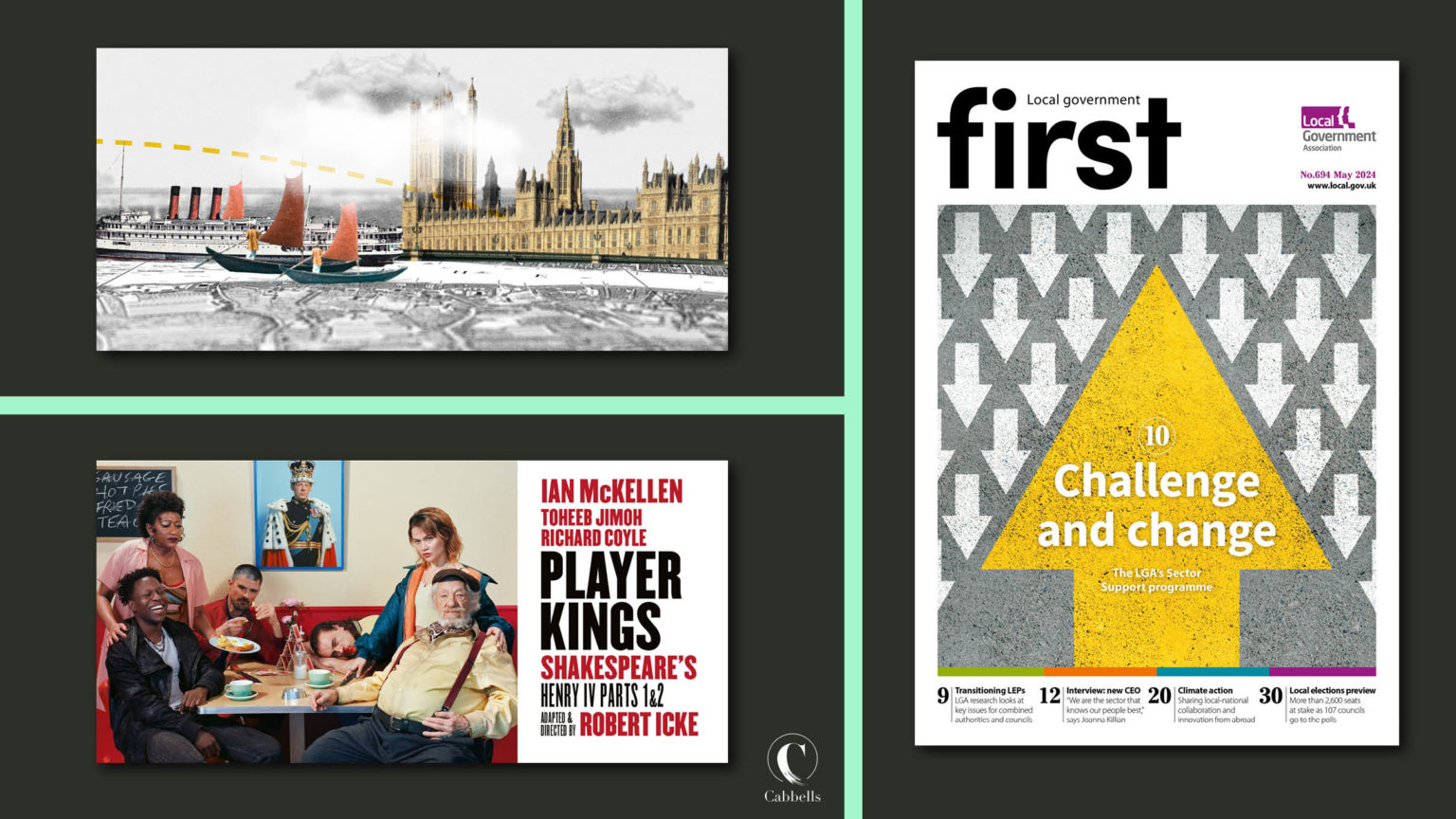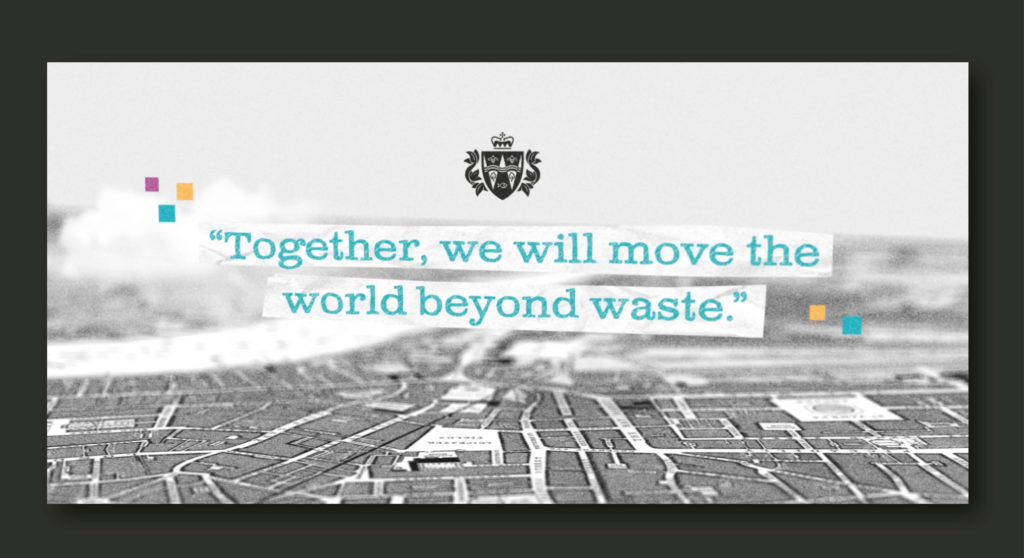CPL One managing director Mike Sewell on maximising your content and other lessons learned at a recent industry conference.
As a full-service content marketing agency, you’d expect us to work hard to keep up to speed on trends and developments in our various sectors.
That’s why, during 2024, our team members have attended flagship industry events, conferences and festivals run by organisations including the Content Marketing Association, the Internet Advertising Bureau, the Periodical Publishers’ Association (PPA) and two membership organisations, the Association of Association Executives and Memcom.
At last month’s Independent Publishers Network Conference, organised by the PPA, I had the chance to learn about the challenges and opportunities facing commercial magazine publishing organisations – and consider how they apply to our clients.
Perhaps the most encouraging point for me was that all the publishers present were striving to do something that our membership clients have, by their very nature, already achieved – that is, build communities.
They have spent years, decades and, in some cases, more than a century creating communities with their members.
So, in many ways, when working on membership publishing projects, our teams at CPL One are in a strong position. We just need to ensure we continue to create must-read, must-watch and must-listen to content, and take advantage of the revenue opportunities that come from having an engaged audience that is part of a community of people and organisations with shared interests.
Much of the focus of the PPA conference was on how to make the most of these revenue opportunities.
In his keynote address, Juan Señor, author of a major 2024 media report, advocated the ‘freemium’ model as fundamental for commercial publishers.
As the image below shows, Freemium involves organising your digital content in three ways:
1. Free
2. Behind a data wall
3. Behind a paywall.

Señor argued that all three need to be combined to help drive engagement, subscriptions and revenue: “Your data wall is just as important as your paywall,” he stressed.
He also picked out a few other key priorities for publishers that are highlighted in the report. These include:
- Maximising AI-powered media to streamline workflows and processes: “You should embrace AI,” he said, but emphasised that editorial experts need to stay closely involved in all content production – ‘human first and human last’ should be the guiding principle. “Listen to your editors; they will make you the money,” he added.
- Valuing print: “Print is your flagship, premium proposition; cancelling it is a big mistake,” he said. People like reading magazines, he added, because: “Humans love to say they have finished something – a Netflix series, for example. You never finish a website, but you can finish a magazine.”
It’s a good report – I thoroughly recommend investing in it.
CPL One’s publishing clients have varying requirements for their digital and print strategies. But as we develop and evolve a range of multichannel solutions on their behalf, we will continue to take into account the lessons and insights from our peers in the commercial publishing world.
If you would like to talk to me or a colleague about how best to combine and transition your print and digital content strategy, do get in touch.


